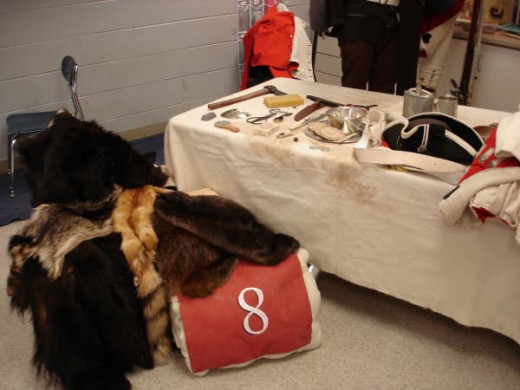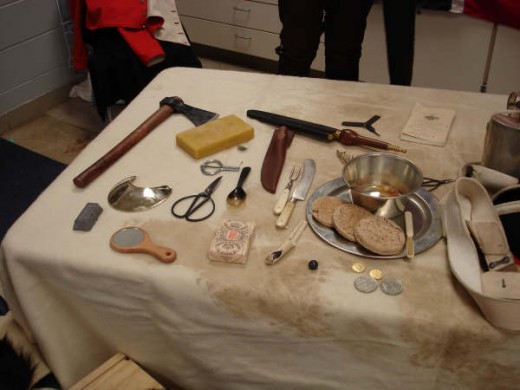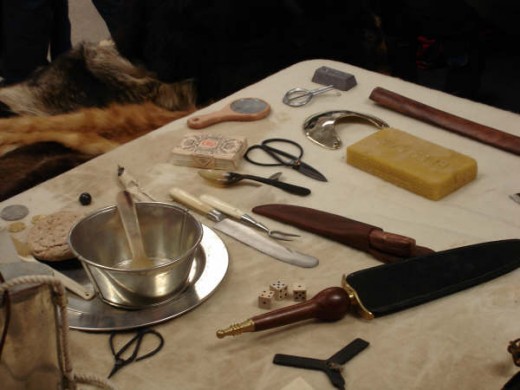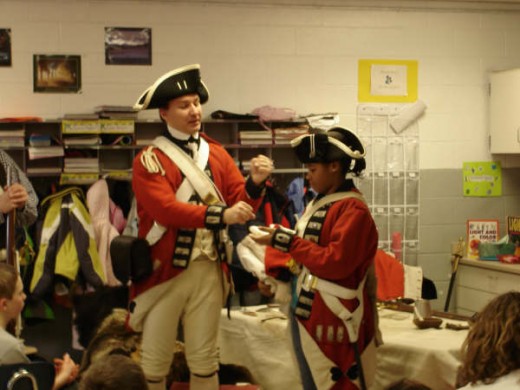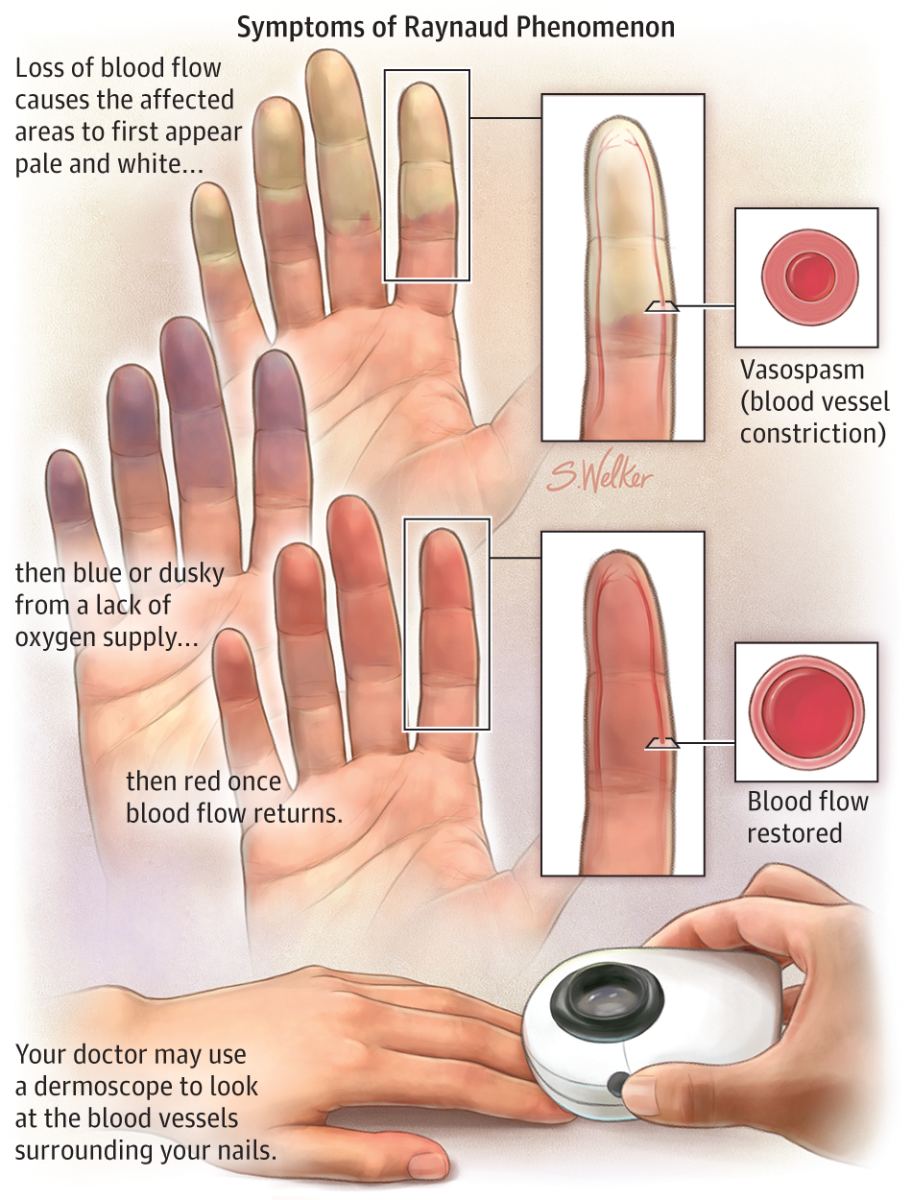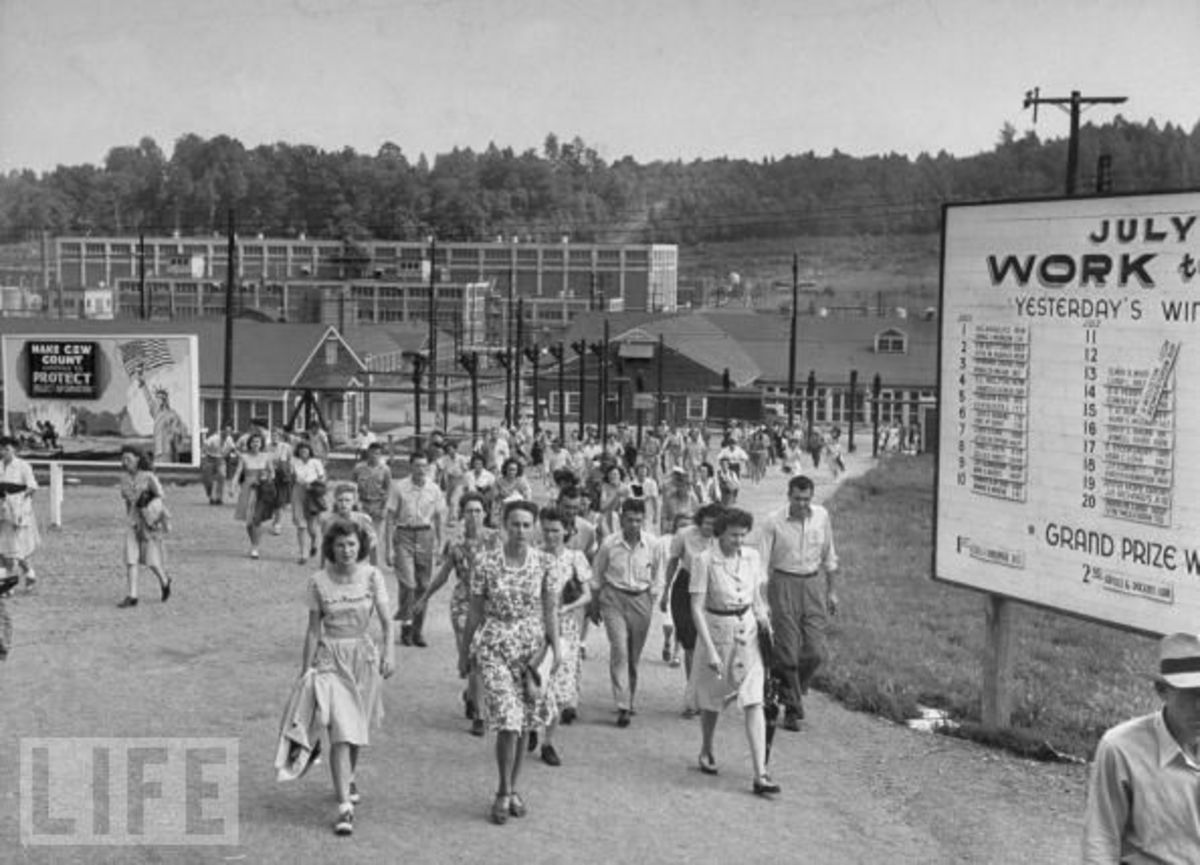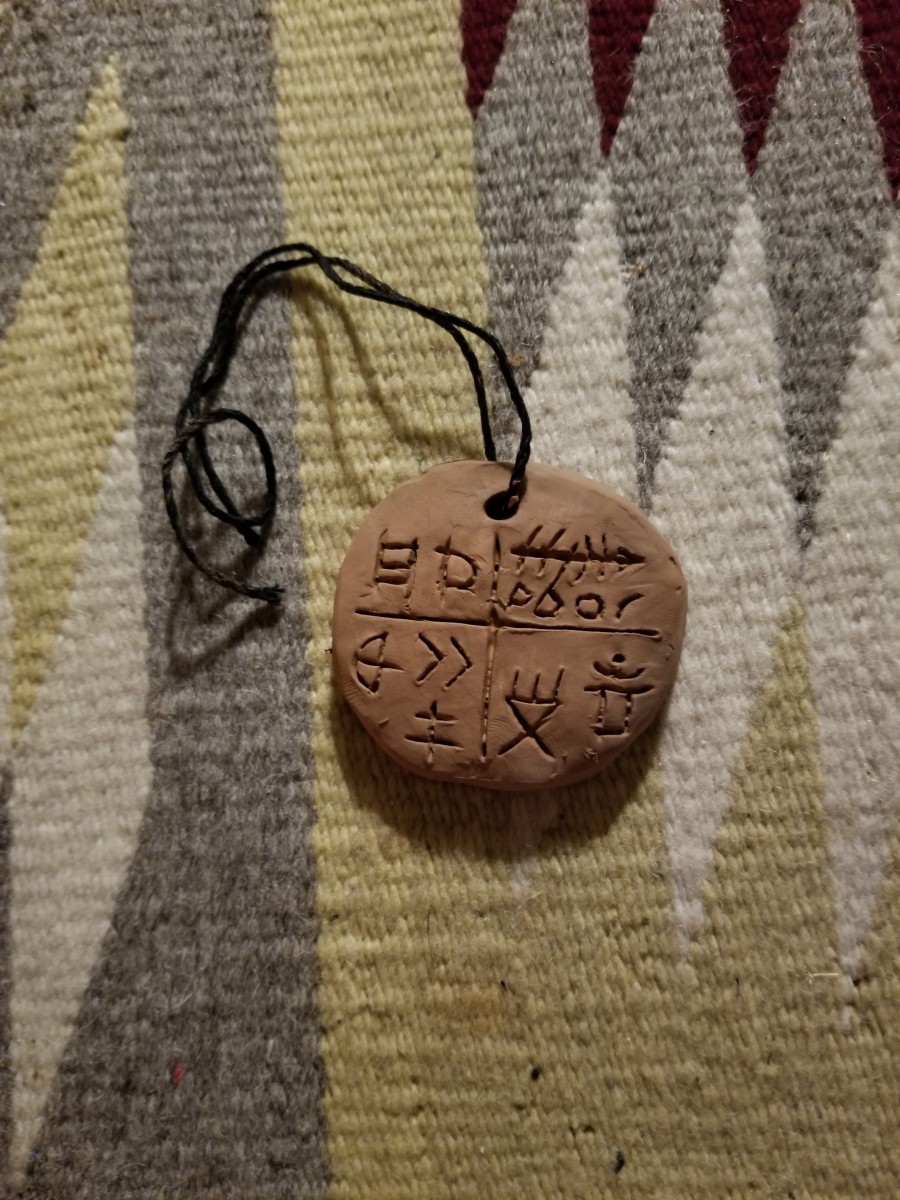Historical Research Tips





Alternatives to the Public Library
You asked me about avenues of research other than your local library, and how to evaluate the usefulness and reliability of sources. It looks like you’re going to have no difficulty following my first, best suggestion: talk to people. You may know some folks who know something about your area of interest. If not, you may know someone who knows someone. Tell your circle of friends and colleagues what you’re working on, and ask for source suggestions. Your colleagues may have run across something that relates to what you’re working on in the course of their own research.
Of course, talk to those reference librarians at the local library. Maybe there aren’t any useful materials at that particular library, but librarians are trained to be able to find out obscure stuff, and most of them really enjoy a challenge. Let them stretch their legs, and if they uncover something interesting to you, do remember to thank them. But beyond that, here’s what I’ve learned over the course of my work.
The Primary Source
When gathering historical data, the primary source is the gold standard. A primary source is one that was written by someone who experienced the event you’re interested in, and the best ones were written within a short time after the event. The next best source is the one written by the person who was there, but written a long time after the fact. Memories change over time, and are of course not as reliable as a photograph or film footage, but our work as historians requires us to rely on people’s written memories for anything that happened before the photographic camera and sound recording became common. At the same time, though, a single primary source is not enough to base a conclusion on. The general rule of thumb is that you need three sources that more or less agree with each other to make a strong case for your conclusion.
So where do you find primary sources? Alas, you probably won’t be able to get them from your local library. You’ll need to go to an archive. Don’t let this intimidate you. A lot of people hear the word archive and imagine grumpy, bespectacled archivists demanding thumbprint, retinal scans, and the promise of your firstborn offspring if anything gets damaged. You must submit to a full strip search before they even let you near the door to the reading room, and they confiscate everything you brought with you except a sheet of paper and a wee little golf pencil.
This is not a realistic image.
Oh, archivists will certainly be protective of their collection, but this is understandable. The materials they look after are in most cases one-of-a-kind and irreplaceable. You wouldn’t want to be the one responsible for a big old ink-stain on one of George Gershwin’s original manuscripts, would you? Me neither. Every archive has rules about what you can and can’t do, and those rules are reasonable precautions against damage to the collection. But every archive I’ve visited has a bunch of terminally friendly and helpful people on the staff. In some cases, they’re so tickled that someone else shares their interest that they’ll make phone calls on your behalf, write letters of introduction to other archivists, and other above-and-beyond acts of kindness. At the very least, they’ll point you to the right places in their own collection, and almost always will be able to recommend other places to look for what you need.
Secondary Sources
Research costs time and money, especially if it involves traveling to remote archives. It can be cost-prohibitive to physically visit the places where your primary sources reside. This is why good secondary sources are valuable. Secondary sources are written by people who weren’t there. Some may seem like primary sources, especially if they take the form of letters in an archive. But if the letter relates a story the writer heard from someone else, it is not a primary source for your purposes.
Our most common secondary source is the history book. The best of these rely heavily on primary sources, quoting from them extensively and noting all references. In fact, it wouldn’t be too surprising for a well-researched book to have a notes section almost as long as the rest of the book. If there aren’t many primary sources cited, the book probably won’t be a reliable secondary source if for no other reason than that it will be harder to independently verify the information. But sometimes even extensively footnoted books are unreliable. This is where you’ll need to exercise your judgment the most. Historians are people, and as such, are subject to bias. (example: the guy who tried to convince us that guns were rare in colonial America) If, when you read a book, it seems like the author has an axe to grind, you’ll want to be wary of his conclusions, even if he cites a lot of primary sources.
It’s also important to remember that when evaluating secondary sources, older isn’t always better. Writers from days gone by were no less subject to bias than our contemporaries are today. What’s more, they were probably less aware of their own bias and made little or no effort to rein it in. Pay close attention to the primary sources the author cites, and see if the author’s conclusions follow logically from what the primary source says.
Not All Books are Created Equal

It’s Not Just Correspondence
We’ve been discussing primary sources as though the only ones you’ll encounter are letters or diaries; the kind of things people write privately, meant for perhaps one other person to read. These are useful, not doubt, but how useful they are depends on what sort of thing you’re researching. If you want to know about a particular event, say, a battle, you’ll want to get your hands on as many letters from people involved in that battle as you can. But if you’re more interested in a trend, a movement, or, as in my case, the material culture of a particular era, you’ll find a wealth of data in things like ledgers, invoices, requisitions, bills, inventories and the like. For example, a friend of mine is interested in the colors of the uniform worn by a particular military unit in the American Revolution. The conventional wisdom is that the coats in question were green with red facings (collars, cuffs, and lapels). But some historians are questioning this. We have no way of knowing for certain, because there are no extant coats from that regiment to examine (another example of a primary source!). What can we do? We can try to find records pertaining to how the coats were obtained, made, and distributed to the men. My friend has not been able to find any record of red cloth going to that regiment, but has found a record of white cloth. Could the unit in question have worn green-and-white coats, and not green-and-red as we once thought? The answer is… maybe! We need more data to make a good conclusion. That’s the frustrating part of historical research.
This question of uniform colors is not terribly important to anyone who isn’t trying to make an accurate reproduction of that particular uniform (a reenactor, or perhaps the wardrobe person for a documentary?) but it’s a good example of how seemingly boring documents can yield exciting (at least to you) information.
It’s Not Just What’s Written Down
I made brief mention above of extant garments as primary source material. Of course, artifacts other than garments can be very valuable, as anyone who has ever visited a museum will know. But I’d like to tell you a story I heard from a fellow historian that illustrates how you can get data from documents without even reading them. My colleague was at an archive somewhere researching something when he noticed another researcher in a study caral nearby. This fellow was leafing through a box of old letters. He would glance at a letter, make a note, and then rather than read the letter, he would hold it up to his nose and inhale deeply. He would then make another note, put the letter aside, and move on to the next one. Many people, myself included, like the smell of old books and papers, but most of us don’t actually make notes about it. After this went on for a while, my colleague, his curiosity piqued, went over and asked the fellow why he was sniffing the letters. It turns out that he was researching the outbreak of a disease on a Caribbean island (the particulars escape me) and as a precaution against spreading the disease, all the letters leaving that island were sprayed with vinegar. He was looking for letters that bore the lingering aroma of the vinegar, and noting their dates and places of origin to see if any other places had adopted the same precaution.
If You Can’t Travel
There was no way that the historian in the story above could have done his research without visiting the archive. He needed to smell the presence or absence of vinegar for himself. Most of us don’t have that need, though, and we can benefit from bound transcriptions of primary sources. Many collections have been transcribed and bound, and those volumes are often available through interlibrary loans. This can save you time, travel, and lots of hassle. It’s not as good as visiting the archive yourself, of course, but it’s a good substitute, and you don’t have to worry as much about ruining an irreplaceable document. But here’s another instance where it helps to talk to people. Once I was investigating a particular material culture question, and I knew exactly where the bound transcription I needed was kept. But to get into the reference section, I had to pass the reference librarian, who wanted to know what I was looking for and why. At first I thought he was being nosy, and resented it, but I told him what I was working on anyway. He said, “Oh, well then you don’t want that printing. We discovered several transcription errors a few years ago and had to reprint the collection. You’ll want the one from 1987. It’s right next to the one on your list.” If I hadn’t stopped to talk with the librarian, I might have made some incorrect conclusions, which in turn would have done a disservice to anyone who listened to one of my presentations.
Other Places to Look
Many towns have historical societies. A visit or a phone call to the historical society of the area you’re interested in can lead to all kinds of interesting data, and can open doors that might have been closed to you before. A friend in a historical society might know the owner of an extensive private collection of documents and/or artifacts, for example, and you might never get access to such a collection without an introduction. You might also attend historical reenactments and get to know some of the reenactors. As always, use your best judgment when listening to what reenactors say. Most reenactors will do their best to help you, but many are working with outdated information without realizing it. Verify for yourself any word-of-mouth information you get. Also, most reenactors have a fairly narrow focus, having to do with the particular era they reenact, or even only the exploits of a particular military unit in that era. If you’re interested in military history, a reenactment is a good place to get leads on your research.
Beware the internet. It’s full of information, but a lot of that information is false. There are no gatekeepers to keep the crackpots from misleading you, and there are no labels to warn you against conspiracy theorists, liars, ideologues, revisionists, and any other kind of people who have an interest in promoting their own version of history. But there are services like Bartleby.com and Google Books, which allow you to read transcriptions and scans of out-of-print and other hard-to-find material in the public domain. Use these, bound transcriptions, and secondary sources when starting your research, visit archives to confirm your findings, and talk to everyone you meet on the way. You never know who might point you to the missing piece of your historical puzzle.


